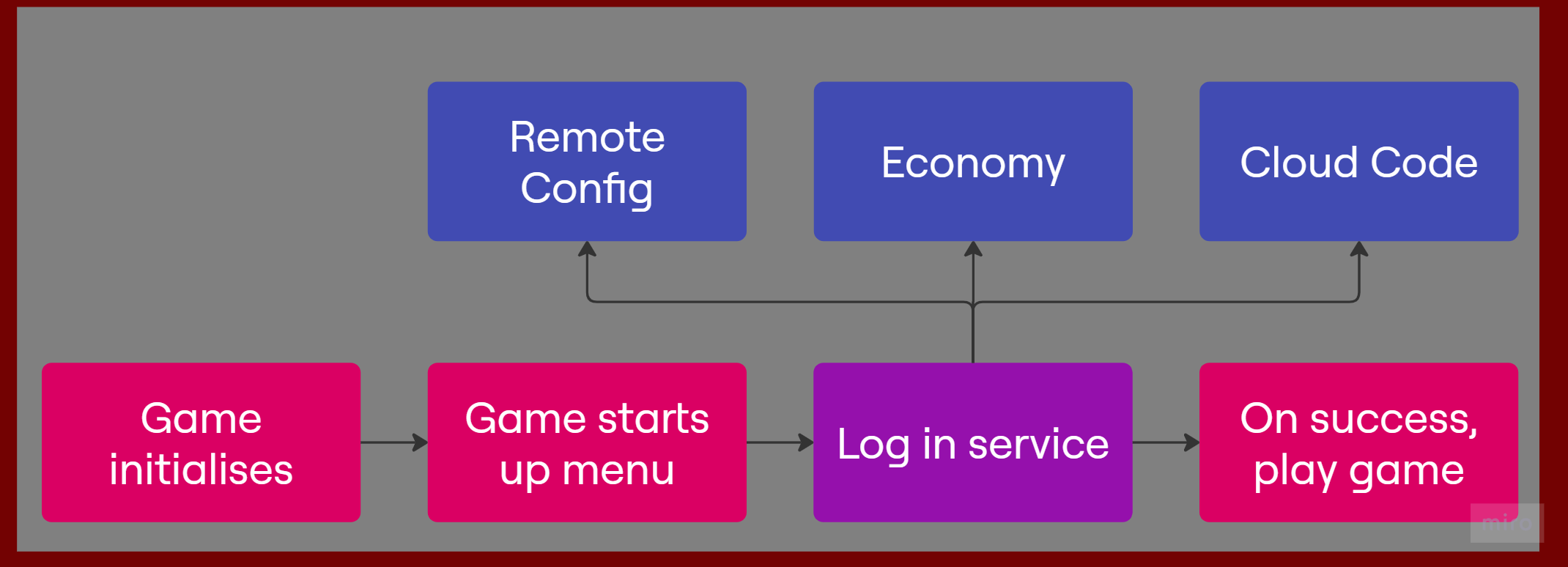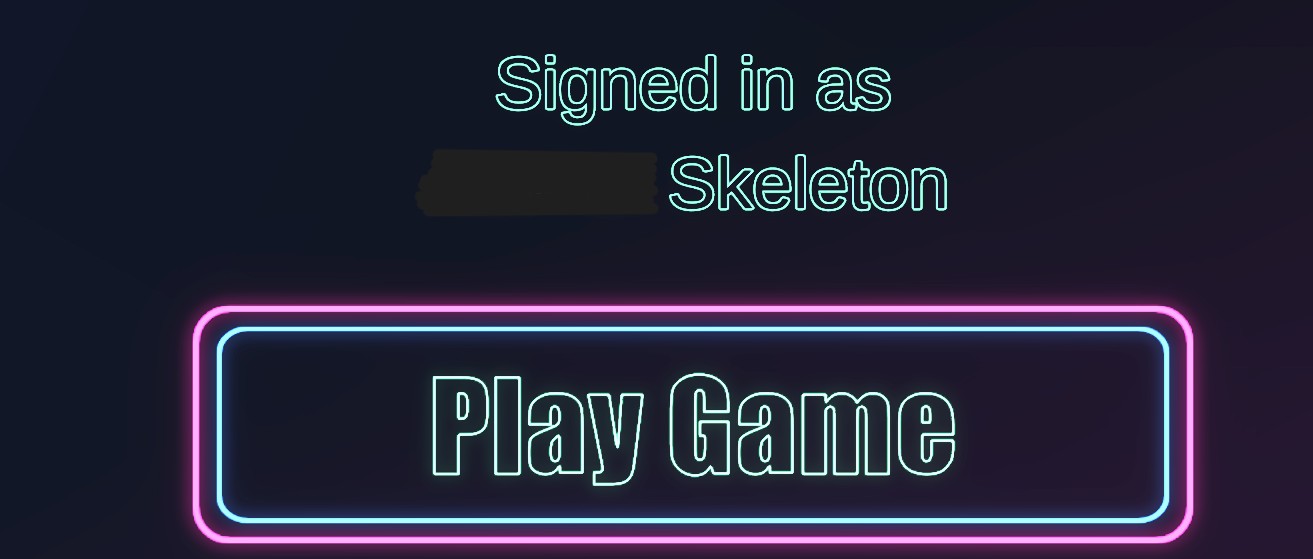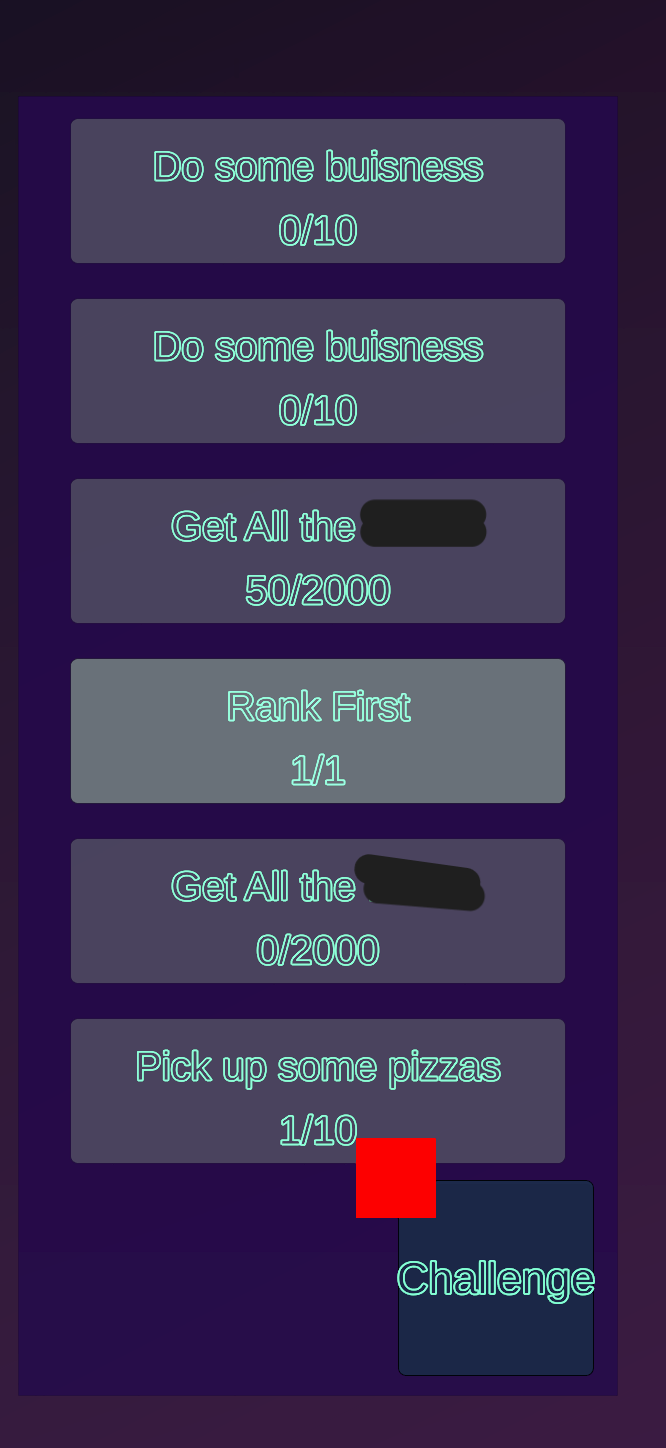


What I added to the unity project
Setting up the live service elements into a unity prototype game, on the main focus of Live Ops. In this game I set up the account login (including via Steam), data and progress, the store, designed the economy loop, added daily quests to the multiplayer, and working on the UI. Apart from that I learned to programming the server and communicate correctly to the players.
This task took two to three weeks to finish, a lot of that time was spent on learning and testing my way around servers, economy loops and online features in a unity project.
The tasks in detail
- Economy loop of the game: To start, I first designed a structure for the in-game economy based on certain given requirements.
- Live Ops Economy: With the economy loop finished, I set up some logic in Live ops for the testing of purchases.
- Logging in: the log in is not the most difficult part, but a lot goes on and that means a lot can go wrong. Therefore, I focused on visual feedback so that you can easily see and understand what is going on and see if something goes wrong when logging in.
- Creating time based quests with rewards: With the use of Live Ops on the server and in the project I managed to add a time based quests with rewards that refresh after a given time. When refreshed, different quests are shown to the players.
- Programming on the servers (cloud code): This part was new to me, it was one of the first times learning Javascript and using the cloud code libraries. I programmed what to keep in check, like time, quests and what to save and load in the player data.
